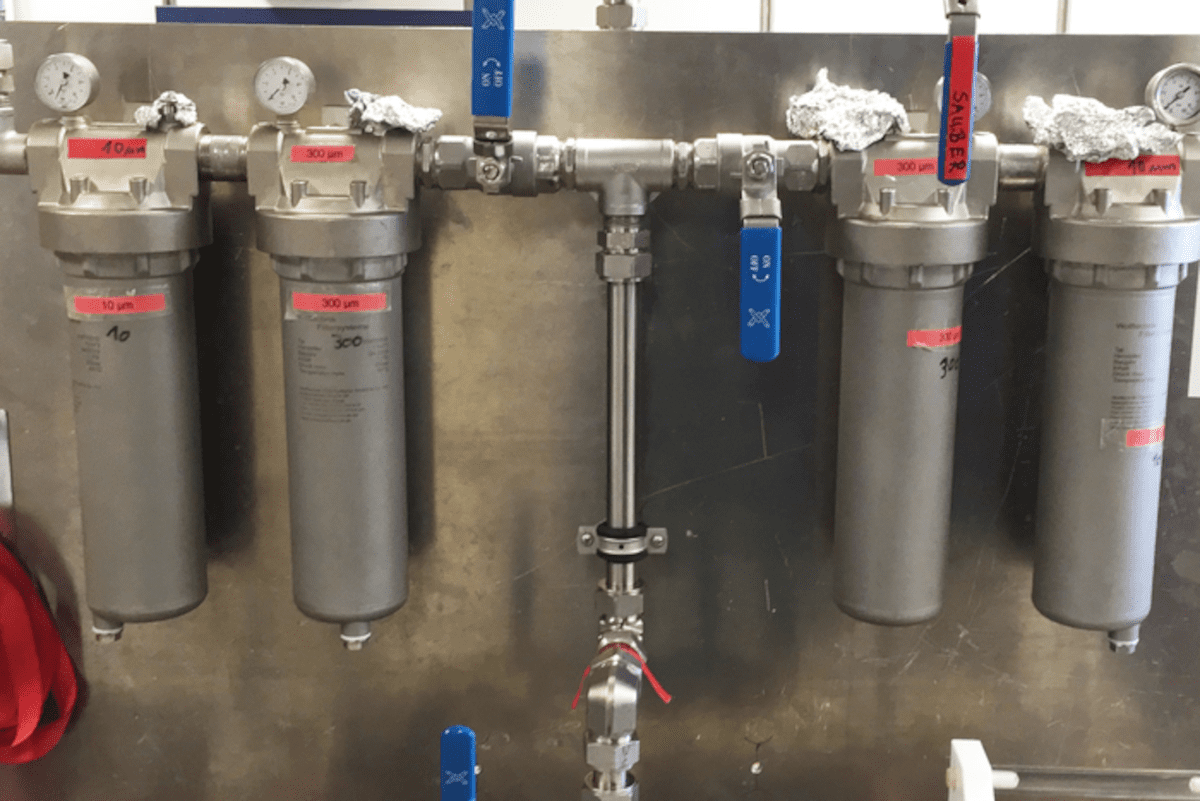
Methods for the analysis of microplastic particles in a sample (of water) are beset by challenges such as high error rates and a high time requirement. A new method, Laser Direct Infrared (LDIR) Chemical Imaging, is claimed to make significant improvements.
In a recent published study, researchers from environmental technology research institute the Helmholtz-Zentrum Hereon, the approach was combined with a new sample preparation protocol that decomposes interfering components of the sample with fewer work steps by chemical and enzymatic reactions. The chemical characterization of the microplastic particles is based on their absorption of infrared light.
Dr. Lars Hildebrandt, one of the two first authors, explains: “In this study, the device, which uses a so-called quantum cascade laser, demonstrated its advantages in the analysis of microplastic particles in environmental samples. It is fast and automatable, which is important for a future standard procedure.“
Near-surface analysis
An average concentration of 50 microplastic particles and fibres per cubic meter of water was found in near-surface water of the tropical Indian Ocean, which is unexpectedly high for the open ocean. The most common types of plastic were paint particles (49 percent), presumably originating from abrasion of ship painting, followed by polyethylene terephthalate (PET) with a share of 25 percent. Among other things, PET is used in synthetic clothing as polyester microfibres and for the production of beverage bottles. It potentially enters the environment through washing clothes. Microplastic particles are also formed via fragmentation of PET bottles, for example due to mechanical stress or solar radiation. In recent years, the microplastic pollution in the environment has increased continuously. Plastic particles have now been detected in almost all investigated living organisms.
Fadi El Gareb, the co-first author of the study, said many of the particles picked up in the study were found in the Sunda Strait, a strait between Sumatra and Java, and that it might be a hotspot in terms of microplastic pollution.
A significant portion of the world’s plastic waste ends up being exported to countries bordering the Indian Ocean. Due to ineffective waste management, around five million tons of plastic waste are discharged into the marine environment from China and the Indonesian archipelago every year (model-based estimate from 2017).
In further investigations, the authors of the study also want to investigate microplastic occurrences in other oceans using the new analysis method. Dr Tristan Zimmermann of the Institute for Coastal Environmental Chemistry, who has already sampled parts of the North Atlantic as part of another study, said: “We will sample arctic waters at the east coast of Greenland this August during a cruise with the research vessel MARIA S. MERIAN.” This is a location with very limited available data on microplastic pollution. The researchers want to answer the question: How significant is microplastic pollution in remote regions and is it more severe than expected?






